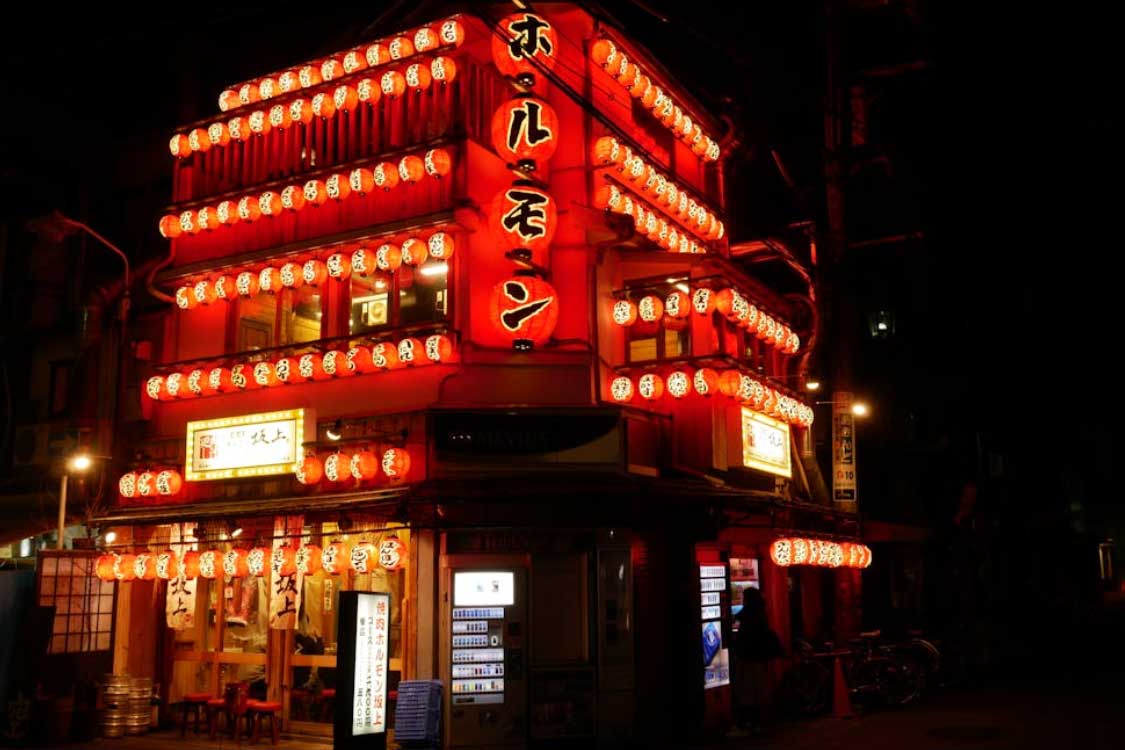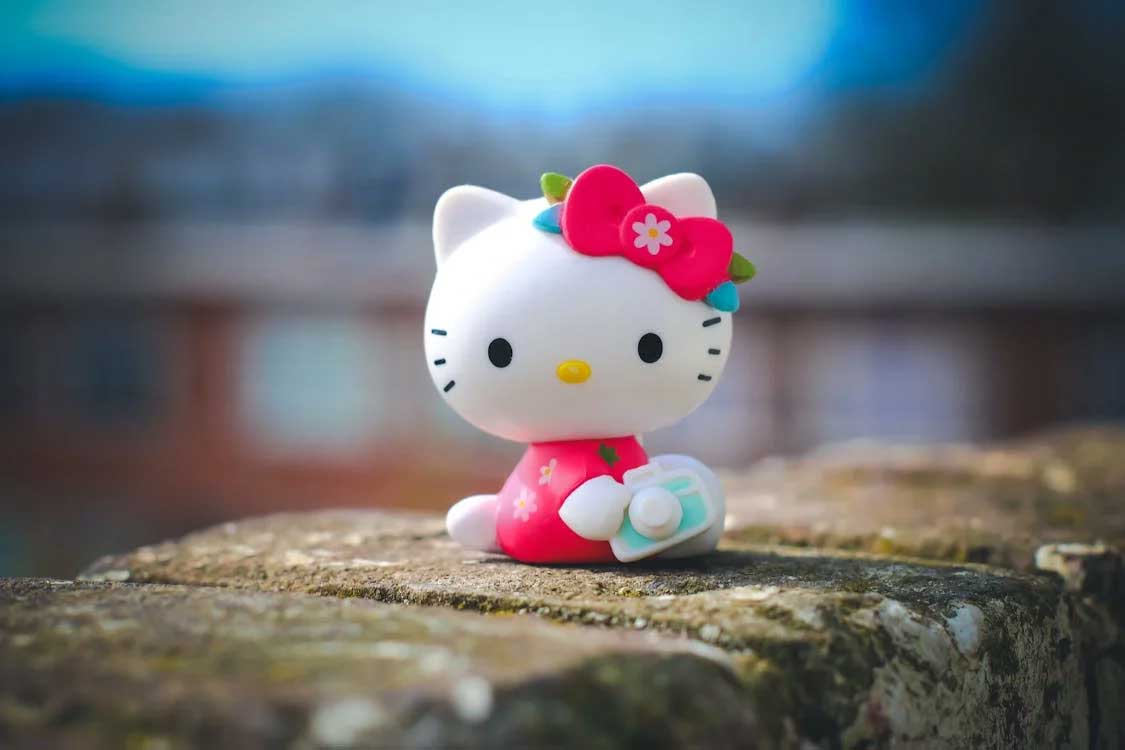The term “gacha” derives from the Japanese onomatopoeia “gacha-gacha,” mimicking the sound of a crank being turned on a vending machine. Gachapon, the vending machines that dispense these capsule toys, first appeared in the late 1960s. Initially, they contained simple toys like small plastic figurines and trinkets. However, as their popularity grew, gacha evolved to encompass a wide range of collectibles, including miniature models, keychains, and even high-quality figures of anime and video game characters.


